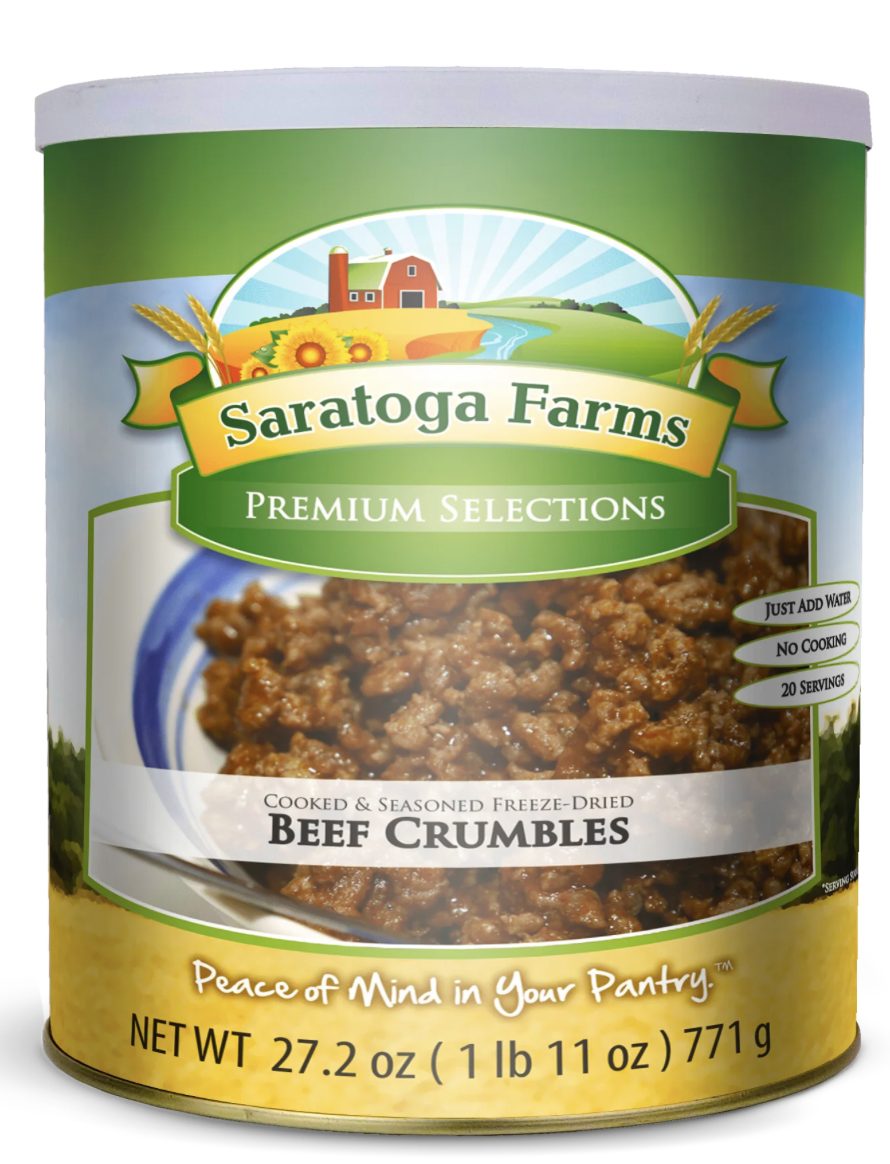Growing up, my family kept an entire room stocked with food and supplies. It was comforting to know that we could always go to that room whenever we needed a certain ingredient or food item. Although we didn't need to use it every day, having an emergency food stock felt reassuring. Now that I have children of my own, I realize more than ever the importance of having a well-prepared food storage plan for my family.
Despite the growing acceptance of preparedness in many households, a 2020 AP Poll revealed that 78% of Americans are unprepared when it comes to food and water in emergencies. While short-term food storage is crucial, what about long-term preparedness? Studies show that fewer people are properly prepared for long-term emergencies, and even fewer are cycling and updating their long-term food supplies. So, what’s the difference between short-term and long-term food storage, and how can you maximize the value of your emergency food storage?
Getting The Most Out of Your Short-Term Food Storage
A complete short-term food storage typically lasts between two to four weeks and can stay fresh for up to two years. For most people, this includes the food stored in their pantry. But what exactly counts as short-term food storage? Which essentials should you stock in your short-term emergency food supply?
Short-Term Food Storage Checklist
- Canned Foods: Beans, chili, vegetables, soups, and more.
- Prepared Foods: Microwave lunches, ramen noodles, snack packs, etc.
- Boxed Foods: Pastas, rice mixes, boxed snacks, etc.
- Cooking Basics: Spices, flour, sugar, salt, pepper, and other essentials.
It's important to always have at least a two-week supply of short-term food storage. Regularly rotate these foods as they are part of your daily diet. If your current budget only allows for one week's worth of food, try to increase it by purchasing extra items you regularly use. Keeping your storage organized and rotating food will ensure you make the most of your short-term supplies.
Getting The Most Out of Your Long-Term Food Storage
Long-term food storage should support your family for 3-12 months. To maximize the value of your long-term storage, it’s crucial to "Know Thyself." Consider your daily food needs and cooking habits. For instance, if you're not used to cooking from scratch, you’ll need to adjust your storage accordingly. Some people can turn a simple bowl of flour into a meal, while others (like me!) prefer pre-packaged solutions.
Be honest about your cooking abilities. If you don't usually cook like your neighbor, then don't try to store food like they do. Stock foods that align with your cooking style, so you get more from your emergency food storage.
Long-Term Food Storage Checklist
- Freeze-Dried Fruits
- Freeze-Dried Vegetables
- Freeze-Dried Meats & Proteins
- Saratoga Farms Freeze-Dried Meals
- EasyPrep Meals
- Drink Mixes
- Water Storage
Making the most of your emergency food storage is easier than you think. The key is to start slow and steady. Begin by growing your food storage gradually, building up your reserves until you have enough food and water to support your family during an emergency. Start by focusing on your pantry, then set goals to reach three months, six months, and so on.
















